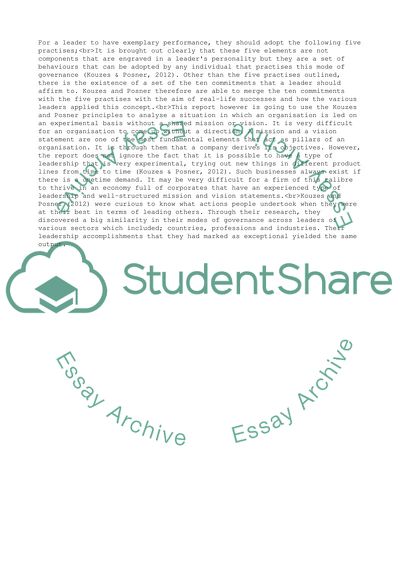Cite this document
(A Case Study of leadership without shared vision/mission statement, n.d.)
A Case Study of leadership without shared vision/mission statement. https://studentshare.org/management/1816630-a-case-study-of-leadership-without-shared-visionmission-statement
A Case Study of leadership without shared vision/mission statement. https://studentshare.org/management/1816630-a-case-study-of-leadership-without-shared-visionmission-statement
(A Case Study of Leadership Without Shared vision/Mission Statement)
A Case Study of Leadership Without Shared vision/Mission Statement. https://studentshare.org/management/1816630-a-case-study-of-leadership-without-shared-visionmission-statement.
A Case Study of Leadership Without Shared vision/Mission Statement. https://studentshare.org/management/1816630-a-case-study-of-leadership-without-shared-visionmission-statement.
“A Case Study of Leadership Without Shared vision/Mission Statement”. https://studentshare.org/management/1816630-a-case-study-of-leadership-without-shared-visionmission-statement.


